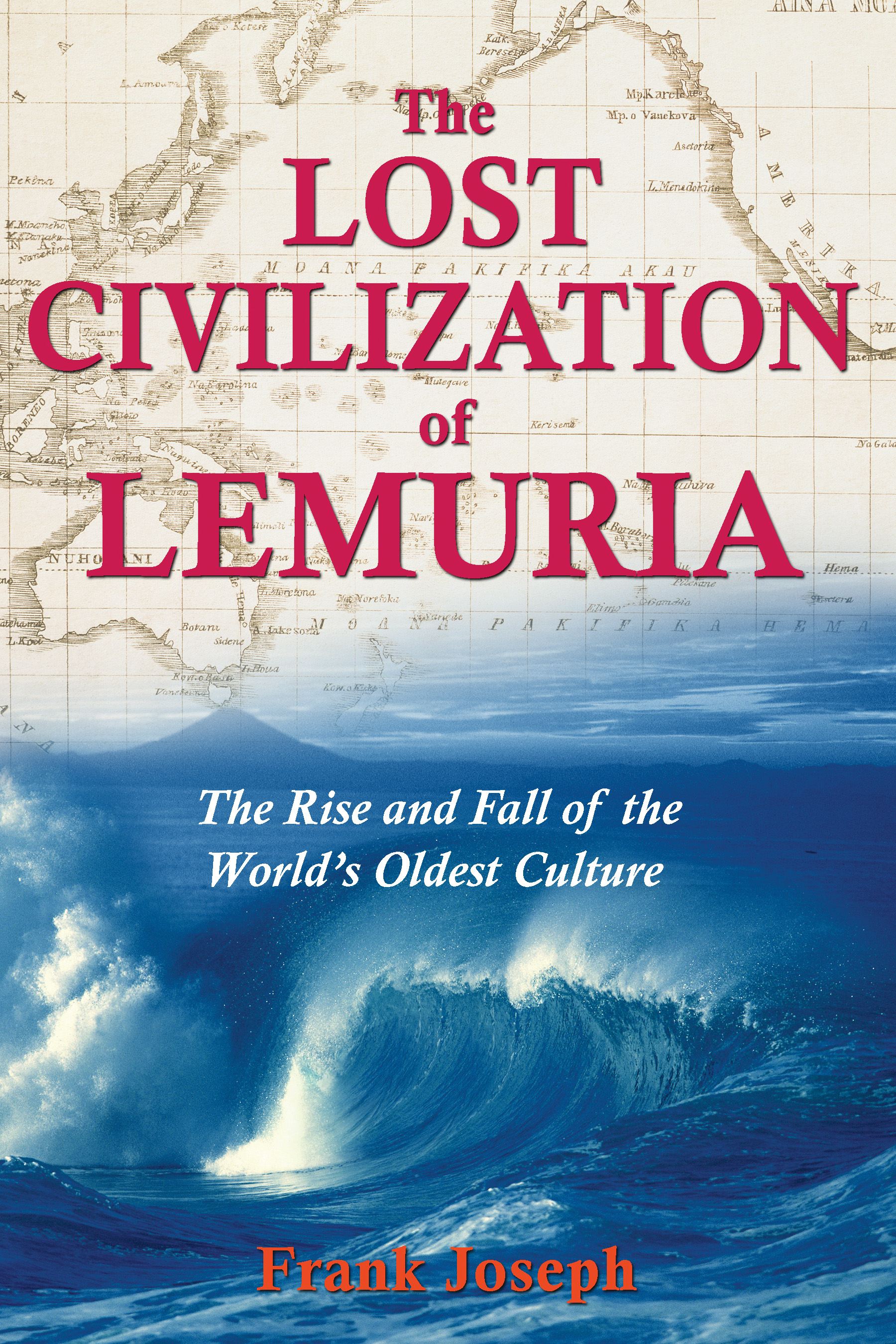

How they got there and why they continue to thrive on Kunie, but nowhere else throughout the vast Pacific, is an enigma that still eludes scientific explanation. The eight-by-ten-mile island has bewildered investigators since its discovery in 1774, because it is the only place in Oceania with stands of ancient pine trees ( Araucaria cooki) named after the famous English explorer Captain James Cook. Known until 1978 as the Isle of Pines, Kunie (pronounced KOO-nya) is inhabited by 1,500 Melanesian residents living on fifty-eight square miles of French Polynesia. But additional evidence on behalf of that lost science has indeed been found, most dramatically at another obscure speck of territory in the southwestern Pacific. If these sites were the only evidence, they might be dismissed as the lonely outposts of some foreign civilization that established itself in isolation, utterly alien to anything known elsewhere. In our last several chapters, we described archeological ruins on the islands of Pohnpei (part of Micronesia) and Rapanui (Easter Island) as the remains of power stations erected by the Lemurians millennia ago to effect seismic and meteorological change. The problem that divides us is this: Is it sufficiently crazy to be right? Totem poles of the Pacific Northwest, architecture in China, the colossal stone statues on Easter Island, and even the perennial philosophies all reveal their kinship to this now-vanished civilization. When disaster struck Lemuria, the survivors made their way to other parts of the world, incorporating their scientific and mystical skills into the existing cultures of Asia, Polynesia, and the Americas.

Using recent deep-sea archaeological finds, enigmatic glyphs and symbols, and ancient records shared by cultures divided by great distances that document the story of this sunken world, Joseph painstakingly re-creates a picture of this civilization in which people lived in rare harmony and possessed a sophisticated technology that allowed them to harness the weather, defy gravity, and conduct genetic investigations far beyond what is possible today. Relying on 10 years of research and extensive travel, Frank Joseph offers a compelling picture of this motherland of humanity, which he suggests was the original Garden of Eden. It was known as Lemuria or Mu, a vast realm of islands and archipelagoes that once sprawled across the Pacific Ocean.

This lost realm has been cited in numerous other indigenous traditions, spanning the globe from Australia to Asia to the coasts of both South and North America. Oral tradition in Polynesia recounts the story of a splendid kingdom that was carried to the bottom of the sea by a mighty “warrior wave”-a tsunami.



 0 kommentar(er)
0 kommentar(er)
